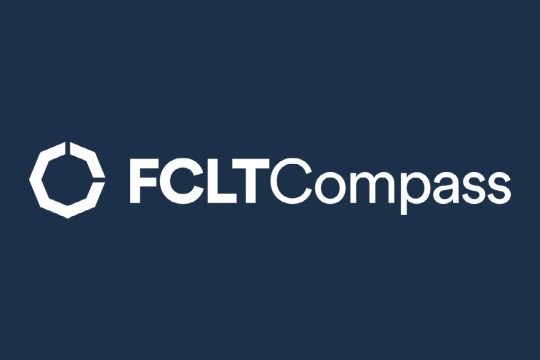In 2019, the Business Roundtable issued a new “Statement on the Purpose of a Corporation,” declaring their commitments to holistically lead their companies for the benefit of all stakeholders, including customers, employees, suppliers, communities, and shareholders.
To better understand the outcomes of a stakeholder-oriented approach, we conducted an empirical analysis comparing the characteristics and performance of companies pursuing such strategies to those that do not (see Walking the Talk: Valuing a Multi-Stakeholder Strategy). This research demonstrated that there is long-term value in adopting a multi-stakeholder strategy. For instance, firms that operationalized this strategy outperformed their peers by 4% over a 3-year period as measured by return on invested capital (ROIC).
This raises an important question – do companies that follow through on their commitment towards a multi-stakeholder-oriented strategy have longer investment horizons than their peers?
Using datasets from FCLTCompass and Walking the Talk, we find that, globally, the average investment horizons of companies that had higher scores in terms of both commitment and follow through (referred to in the report as “high walk, high talk”) have lengthened and surpassed companies that had “low walk, low talk” scores since 2018.
A deeper dive into this data reveals specific drivers of this behavioral shift within geographic regions and different sectors. Overall, 2018 was a turning point in corporate behavior, as seen through their uses of capital. Geographically, U.S. and EMEA firms have led this change since 2015 while other regions have been slower to make the shift; at the sectoral level, global health care firms are the primary drivers.
Geographically, we examined high walk, high talk companies across the Americas, EMEA, and APAC and found that since 2015, EMEA firms have steadily lengthened their investment horizons while APAC firms still have the longest investment horizons overall.
High walk, high talk U.S. firms increased their investment horizons since 2015, and had longer investment horizons compared to the rest of the world in 2020.
By sector, globally, high walk, high talk firms in the health care, energy, communication services, information technology, and industrials sectors have seen larger increases in their investment horizons since 2018, with firms in the health care sector leading the way.
While there are clear takeaways, it is important to note that simply using scores as designed in Walking the Talk does not tell the whole story. It is difficult to ascertain exactly how investing in employees or communities is directly captured in investment horizons calculated by capital expenditure, research and development, and other capital allocation decisions.
While a company’s investment horizons is leading indicator of their commitment to holistic decision making, there are many intangibles that cannot be measured through uses of capital alone. FCLTGlobal will continue to monitor companies’ capital allocation decisions as more data becomes available for year-over-year analysis, especially post-COVID.
Overall, companies will have different stakeholders and varying stakeholder strategies because their purposes and circumstances are different. Nonetheless, firms that connect their purpose to their key stakeholder responsibilities systematically across their organizations are better able to sustainably deliver long-term value.



